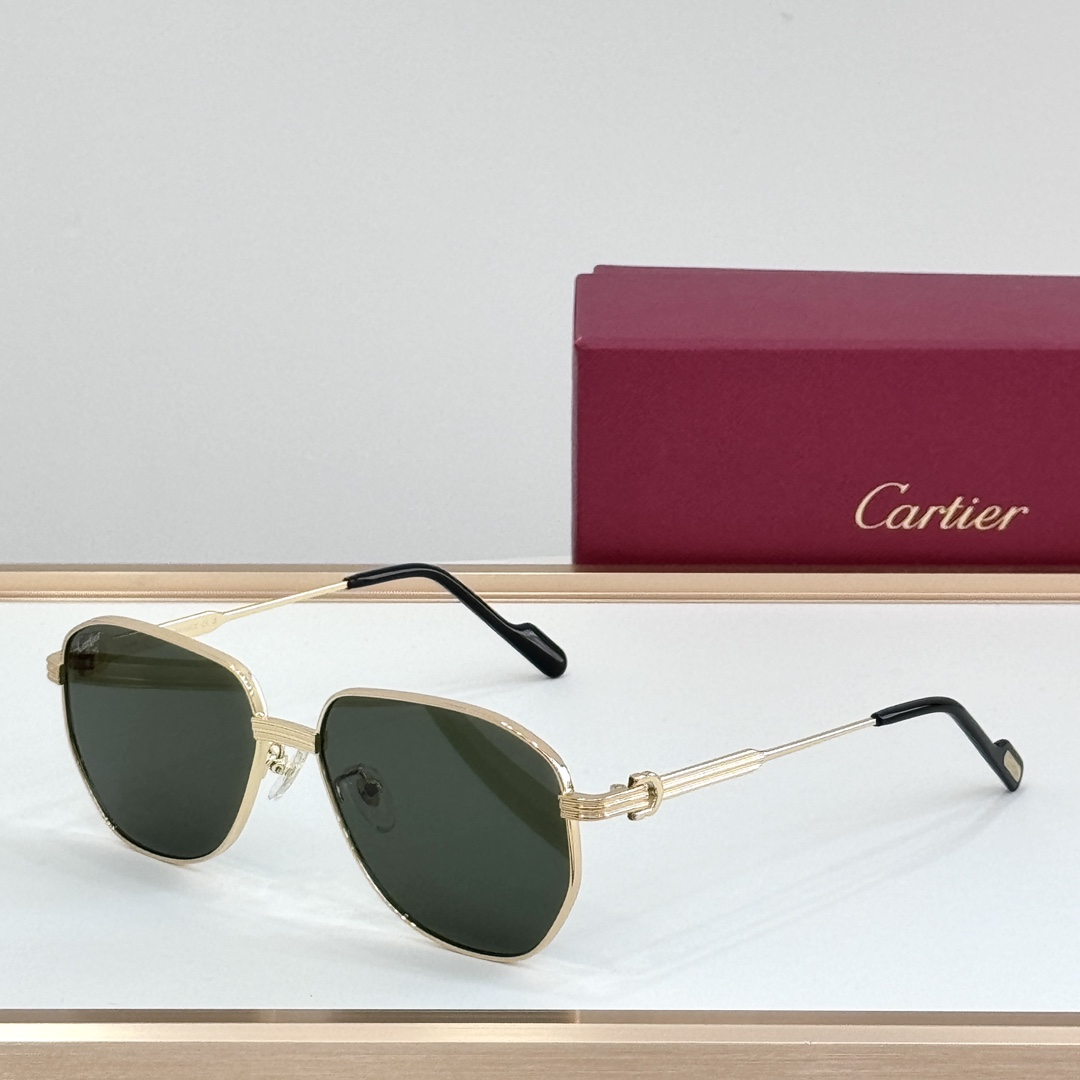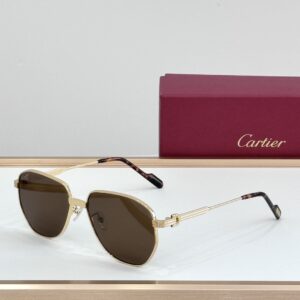The Evolution of Replica Eyewear: From Niche to Mainstream
The journey of replica eyewear, particularly in the form of sunglasses, reflects notable changes in consumer culture, manufacturing practices, and fashion trends over the decades. Initially emerging as an underground industry in the late 20th century, replica eyewear was primarily driven by the desire for affordable alternatives to luxury brands. Consumers, particularly in economically constrained environments, sought stylish options without the hefty price tag associated with original designer items. This marked the genesis of a subculture that valued aesthetics over brand authenticity.
Advancements in manufacturing technology played a pivotal role in the transition of replica eyewear from a niche product to a mainstream segment. With the onset of globalization, production methods became increasingly sophisticated. Countries like China invested heavily in machinery and techniques that allowed for high-volume production. This enabled the creation of replica sunglasses that closely resemble their genuine counterparts without sacrificing quality. As a result, replicas were no longer viewed merely as inferior imports but were recognized for their improved craftsmanship and design accuracy.
Changing consumer behavior also significantly impacted the evolution of replica eyewear. The rise of social media and fast fashion shifted the focus from brand allegiance to individual expression. Consumers began to prioritize style and variety, fueling a burgeoning demand for a diverse range of designs. Social media platforms became pivotal showcases for fashion trends, prompting manufacturers to produce an array of replica sunglasses that catered to the latest styles, appealing particularly to younger demographics.
The persistent influence of fashion trends further propelled the popularity of replica eyewear. Collaborations between celebrity influencers and replica brands underscored the acceptance of these products in mainstream fashion circles, effectively normalizing the use of replicas. Thus, the movement from niche to mainstream was characterized by innovation, changing consumer preferences, and the globalization of production, with China emerging as a significant player in the replica eyewear market.
China’s Dominance in Replica Eyewear Production
China has firmly established itself as a leader in the replica eyewear market, propelled by its massive manufacturing infrastructure and the availability of cost-effective labor. This combination allows for the production of high-quality replica eyewear at prices substantially lower than those of their high-end counterparts. Various companies in China, such as Huizhou Huanqiang Optical and Shenzhen Tinger, have developed specific strategies to replicate popular eyewear designs, often mirroring the aesthetics of luxury brands while bypassing prohibitive production costs associated with authentic products.
One significant aspect contributing to China’s dominance in this sphere is the efficiency of its supply chain. The country boasts a well-established network of suppliers and manufacturers, enabling rapid scaling of production to meet global demand. Moreover, the technological advancements and equipment available in these factories facilitate the creation of sophisticated designs that closely emulate the luxury models they seek to replicate. This has resulted in a notable increase in consumer interest in affordable eyewear alternatives, especially in emerging markets where price sensitivity is paramount.
The rise of e-commerce has also played a pivotal role in the distribution of replica eyewear. Platforms such as Alibaba and Taobao provide an accessible avenue for manufacturers to reach consumers directly, bypassing traditional retail channels. This direct-to-consumer approach has not only streamlined sales processes but has also allowed for the rapid dissemination of new products, capitalizing on current fashion trends. However, the surge in replica eyewear sales comes with regulatory challenges and potential backlash from luxury brands that seek to protect their intellectual property. Companies now face the delicate task of balancing production with ethical considerations, as the implications of counterfeiting become increasingly scrutinized in the global market. As the landscape continues to evolve, China’s role in the replica eyewear industry remains a focal point for both opportunities and challenges.
The Middle East Market: A Growing Demand for Replica Sunglasses
The surge in popularity of replica sunglasses within the Middle East market can be attributed to various intersecting factors, encompassing consumer demographics, purchasing behaviors, and cultural influences. Millennials and Generation Z, who represent a substantial portion of the population, are particularly drawn to affordable luxury that replica eyewear offers. These demographics prioritize style and brand aesthetics while remaining budget-conscious, driving the demand for replica sunglasses as an attractive alternative to authentic brands.
Social media plays a critical role in shaping consumer preferences in the region. Platforms such as Instagram and TikTok facilitate the rapid dissemination of fashion trends, often showcasing influencers and celebrities endorsing specific styles of eyewear. This visibility encourages the adoption of replica products among followers eager to emulate their favorite personalities. Consequently, the perceived prestige associated with celebrity endorsements propels the market further, as consumers seek to capture a sense of status without incurring exorbitant expenses.
Additionally, the economic landscape in certain Middle Eastern countries, particularly in areas with burgeoning middle-class populations, renders replica eyewear appealing. Accessibility to online shopping has expanded the reach of various suppliers, allowing small business owners to capitalize on this demand. The low overhead costs associated with sourcing replica sunglasses attract entrepreneurial spirits eager to serve an increasingly fashion-conscious consumer base. However, this growth is not without challenges. Authentic brands continue to invest in marketing and consumer loyalty programs, presenting competition that replica suppliers must navigate.
Furthermore, there are potential legal implications regarding copyright and trademark violations in the sale of replica products. As consumer demand grows, navigating these regulatory waters will be critical for sustaining business operations in the market. Therefore, while the demand for replica sunglasses continues to rise, balancing consumer interests with legal standards will shape the sustainability of this burgeoning market.
Future Trends and Implications for the Replica Eyewear Industry
The replica eyewear industry is poised for significant transformation in the coming years, largely influenced by trends emerging in both China and the broader Middle East market. One notable trend is the shifting consumer preference towards sustainability. As awareness of environmental concerns becomes more pronounced, consumers are increasingly seeking out products that demonstrate eco-friendly practices. This demand may compel replica eyewear manufacturers to adopt sustainable materials and production methods, in response to a growing expectation for businesses to act responsibly regarding environmental impacts.
Additionally, there is an observable shift in consumer attitudes toward authenticity. While replica products have, for many years, offered an accessible alternative to high-end brands, today’s consumers are often more discerning. This change highlights a desire for quality and genuine craftsmanship, potentially leading to a decline in the popularity of low-cost replicas. As consumers gravitate towards luxury and authenticity, replica manufacturers will need to refine their offerings, perhaps by enhancing the quality of their products or emphasizing unique design elements that set them apart from traditional luxury brands.
Regulatory scrutiny is also increasing, especially as markets like the Middle East implement stricter guidelines surrounding counterfeit goods. This regulatory landscape may impact the replica eyewear industry by necessitating greater compliance with intellectual property laws and augmenting legitimacy within the sector. Furthermore, the integration of technological innovations, such as augmented reality (AR), may revolutionize how consumers engage with eyewear. AR applications could enhance the online shopping experience, allowing potential buyers to virtually try on replica sunglasses, thus bridging the gap between traditional retail and e-commerce.
In conclusion, the future of the replica eyewear market hinges upon the balance between emerging consumer demands for sustainability, authenticity, and adherence to regulatory standards. While there remains potential for growth in replica eyewear sales, the resurgence of luxury eyewear brands may pose a significant challenge, reshaping the competitive landscape in the industry.



